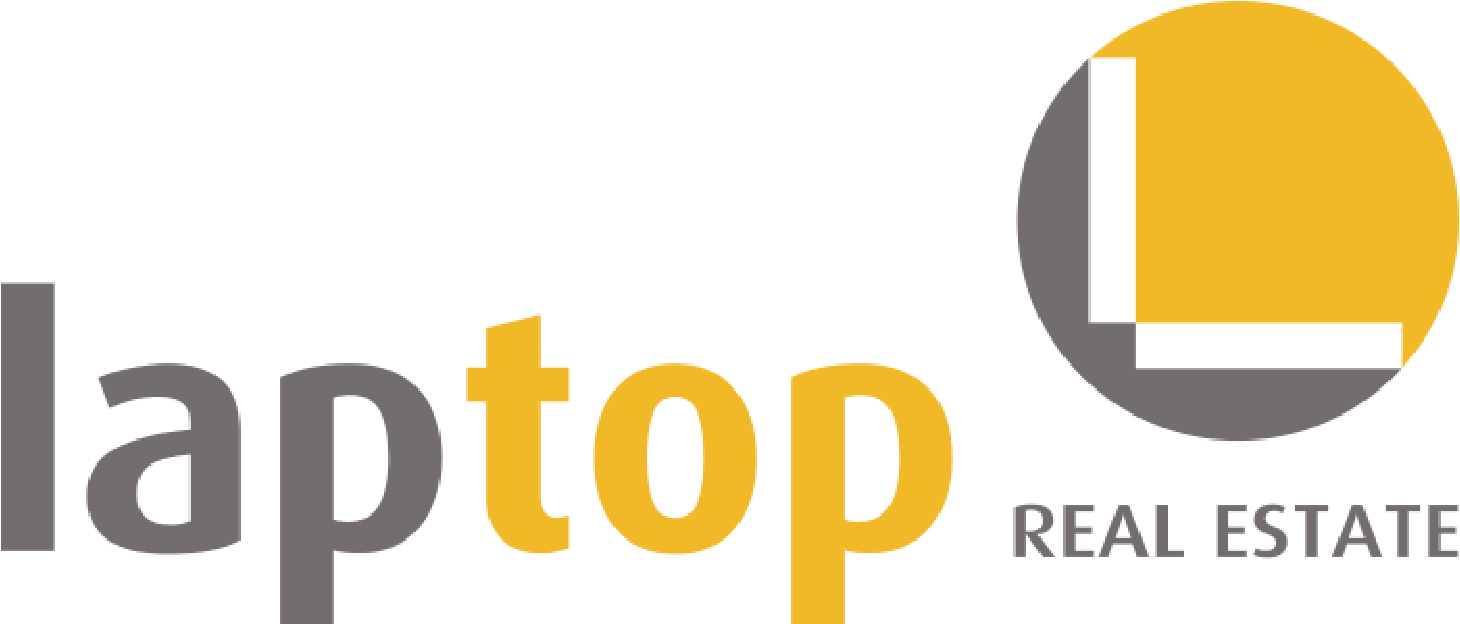4 Beloved Mortgage Rules Homebuyers Should Break Right Now
SOURCE: Realtor.com
It’s hard to imagine that just a few years ago, mortgage rates were at record lows, falling below 3%. Yet as of April 2024, rates for the benchmark 30-year fixed loan had shot up over 7%.
Understandably, homebuyers have been suffering from a severe case of whiplash. Can they stomach these higher rates and still afford a house? Many aren’t sure.
“It’s different from any market that I’ve been through before,” says Ralph DiBugnara, a mortgage banker, real estate investor, and president of Home Qualified in New York City. “People just don’t know what to do, so a lot of people just aren’t doing anything. They’re not selling, they’re not buying. They’re just kind of waiting to see what’s happening.”
In today’s unprecedented, unpredictable housing reality, it’s safe to say many of those traditional mortgage protocols we’ve all heard and faithfully adhered to in the past might no longer apply. Here are a few entrenched and widely accepted rules that are actually smart to break today in many instances—as well as some smarter moves to consider.
1. You should get only a 30-year fixed-rate mortgage
Given interest rates are so high on fixed-rate loans, homebuyers might want to consider the alternative: an adjustable-rate mortgage, or ARM.
ARMs tend to have lower interest rates than fixed-rate loans, at least during the earlier years of the loan. But true to their name, after a certain time period, that rate will adjust based on market conditions—and since no one knows which way those rates will go, it’s certainly a risk.
“Especially in today’s high-interest rate environment, an adjustable mortgage can offer you a great opportunity to obtain a lower rate,” says Bill Samuel, a real estate developer in the Chicago area. “The key is that you need to determine how much your payment will be if rates continue to increase and hit the capped level. If you are able to comfortably afford the potential maximum payment, then you’ll be better off with an adjustable-interest rate mortgage, generally speaking.”
“Adjustable-rate mortgages in general are a good strategy,” DiBugnara says. “But you have to have an exit strategy.”
An exit strategy could be a plan to refinance to a fixed-term mortgage when rates get lower, to sell the house, or to convert the property into an investment where you make income and can handle the higher interest rate in the future.
2. You have to have a 20% down payment
This “rule” was actually never true, especially now.
True, a down payment of 20% typically tells the seller you’re competitive, and it avoids private mortgage insurance, which is assessed because the lender believes the loan carries a risk. But it’s definitely not required.
Many types of loans have low down payment options, which can help cash-strapped homebuyers survive a high-interest rate environment. An FHA loan, for instance, offers a 3.5% down payment option. Meanwhile, a Veterans Affairs loan or USDA loan requires no down payment at all.
There are also a wide variety of federal, local, and private sources that offer assistance and grant programs. They can help potential homebuyers with a down payment, especially programs aimed at first-time buyers.
3. Don’t ask sellers to pay closing costs
In a seller’s market, it would be considered foolish to even ask for contingencies or for the seller to pay closing costs.
However, with mortgage rates so high and buyers dropping out left and right, homes may linger on the market. So while we might not yet be in a buyer’s market, sellers are certainly adjusting their strategy to meet buyers in this changing financial landscape.
“Instead of reducing the purchase price, I would recommend asking for the same amount in seller-paid closing costs,” says Erica Davis, a senior loan officer at Guild Morgage Company in Myrtle Beach, SC. “The upside is saving thousands of dollars that you would have had to come out of pocket.”
4. Don’t pay points to buy down interest rates
Traditional advice tells homebuyers not to buy mortgage points to lower their interest rate because it will increase the upfront cost of buying the house.
Not only does buying points tie up liquid cash for buyers, but it also means they need to be able to keep the loan long enough to make the total savings on a lower interest rate worth the upfront cost of buying points.
Right now, in this market, DiBugnara says buying points to get a lower interest rate is 100% worth it.
“Only because if you pay a bona fide discount point, which is a point to buy down an interest rate, it’s literally the only portion of your closing costs that’s tax-deductible,” he explains. “So if you pay $3,000 in bona fide discount points, you actually can write off that whole amount.”
SOURCE: Realtor.com


